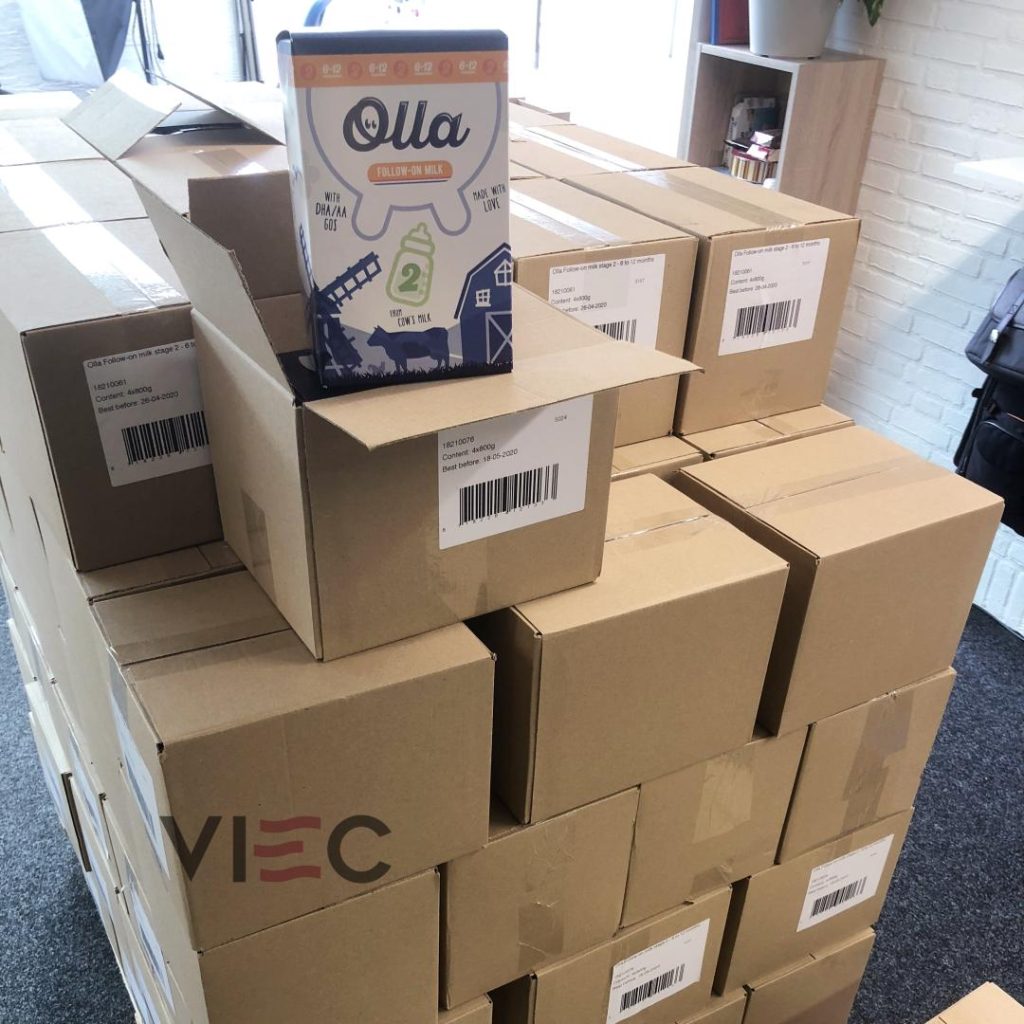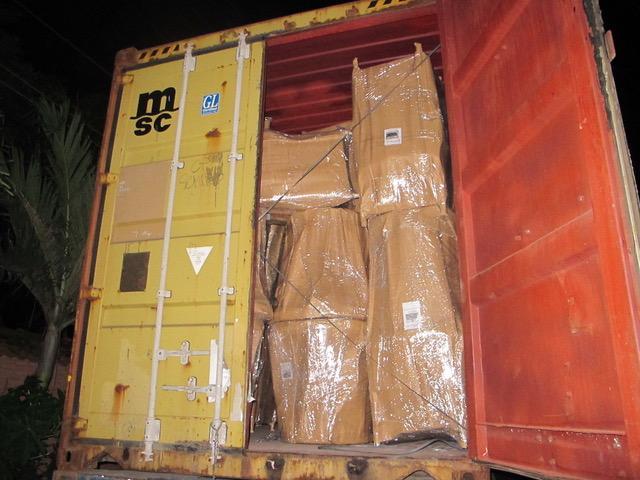Small and medium-sized firms frequently have three common misunderstandings regarding direct export. Let’s clarify these misconceptions to help businesses of all sizes grasp the advantages and possibilities that direct export may provide.
Misconception 1: Only large companies should engage in direct export.
Many people think that direct export is only appropriate for big businesses with lots of resources. But this couldn’t be further from the truth. Direct export also offers substantial advantages for small and medium-sized firms. In actuality, exporting may benefit these companies’ consumer bases, increase income, and improve their global brand awareness.
While there are difficulties associated with direct export, it is a practical alternative that, with proper preparation, research, and support services, may help small and midsized firms increase their position in the international market. These companies have more control over their brand image, marketing plans, and customer experience by interacting directly with customers in international markets. Customer loyalty and brand awareness are fostered by this personal engagement. Additionally, direct export enables companies to swiftly adapt to market demands, alter price plans, and enhance products in response to client input. Small and medium-sized firms benefit from this adaptability by having a competitive advantage in international marketplaces. Additionally, governments and trade organisations frequently provide assistance and resources designed especially for small and mid-sized companies starting out in international commerce. Programs for export help, trade trips, grants, and networking opportunities are some of these options. Businesses can increase their share of sales income by selling directly to consumers or distributors in international markets as opposed to depending on middlemen who would take a cut of the earnings.
Direct exporting jackfruit
Misconception 2: Direct export is more challenging
Many small and medium-sized enterprises believe that exporting is too difficult, entailing a lot of paperwork and stringent rules. There is paperwork to complete and regulations to follow, but there are tools available to assist firms get through the process. For companies interested in exporting, training and direction are frequently offered by government organizations like VIEC and trade groups. Consult with export advisors, attorneys, or accountants who focus in international commerce if the export procedure seems overwhelming.These experts may provide beneficial resources including financial support, market research, training, and export guidance. They can help firms through the intricacies and guarantee that all rules are followed. Another way to simplify the export process is to work with reputable distributors or agents in the target market. Additionally, strategic alliances or joint ventures with regional businesses in the target market give access to their infrastructure, distribution networks, and market knowledge. This strategy lessens the challenges of breaking into new markets. Local partners can handle international rules and distribution channels thanks to their understanding of the local market, networks, and skills. E-commerce platforms and online marketplaces also make it easier to promote to clients abroad. Small and medium-sized firms may access infrastructure and resources through platforms like Amazon, eBay, and Alibaba to sell their products globally, handling logistics and facilitating cross-border transactions.

Direct exporting milk from Netherlands to Vietnam
Misconception 3: Direct exporting is not lucrative
Another fallacy is the idea that direct exporting is an unprofitable business. Actually, exporting may be a successful business tactic. By producing bigger volumes for export, businesses may grow up and get access to new markets with a range of pricing points. Additionally, certain markets are prepared to pay more for imported goods, boosting a company’s profitability. Direct export’s profitability, however, is influenced by the target market’s demand for certain goods or services as well as the level of competition. Profitability may be impacted by low demand or fierce competition. Economies of scale frequently help big enterprises by lowering the cost of production and distribution. It may be difficult for small and mid-sized businesses to achieve the same level of cost efficiency, which can affect profitability. Exporting also involves complying with various regulations, certifications, and standards specific to each target market.
As a feasible growth strategy, direct export has the potential to be a significant asset for small and midsized firms. These companies may effectively engage in international commerce, increase their market presence, and seize new growth prospects in the global marketplace by debunking myths and obtaining the appropriate support.
If your company wants to learn more about this approach, kick off your journey by scheduling a complimentary consultation with VIEC – Import Export Consulting Services (Vietnam – Netherlands).








